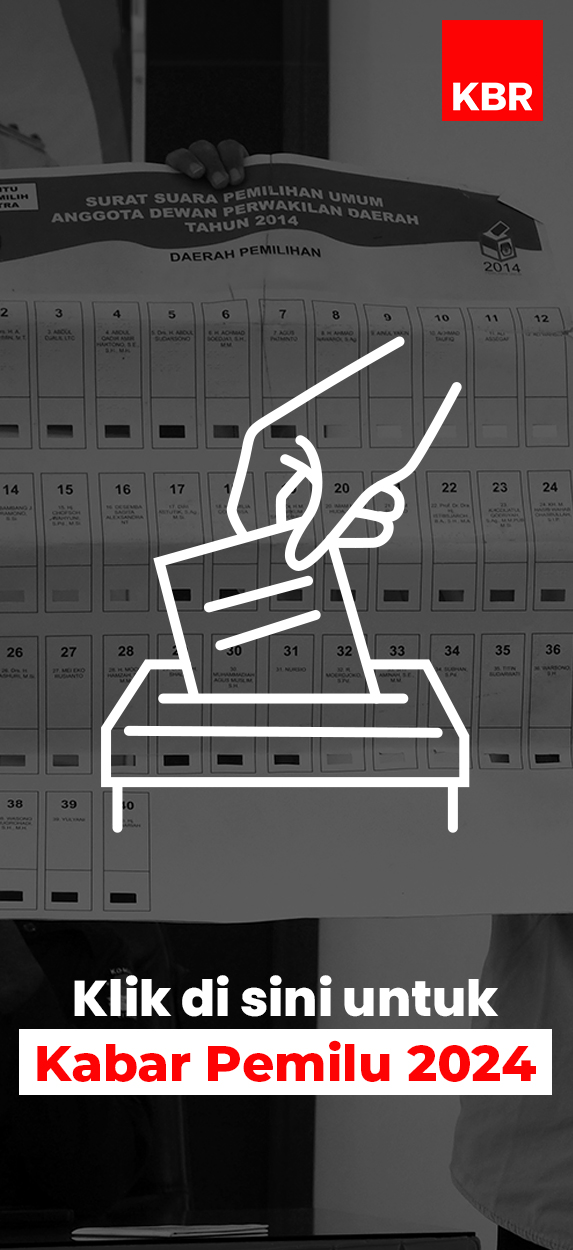It’s the peak tourist season now in Kashmir... and the boulevard area along the banks of Dal Lake is crowded with tourists.
27-year-old engineer Prasenjit is from Indian state of West Bengal. He’s here visiting for the first time.
“I had heard a lot about Dal lake and its beauty but I had seen it only on TV. It’s great now to come and see it with my own eyes, it’s a great experience. The view from the temple on the mountain top is simply awesome. It really feels like a paradise as Kasmir is often called.”
The lake is not just a favourite with the tourist but is the main source of water for the city of Srinagar of more than 60,000 people.
But local fisherman Mohammad Shafi says the water is not even fit for bathing let alone drinking...
“When we were younger we used to drink the water but now I get allergic rashes and itching all over after bathing and swimming in it. The water is dirty – people have made it like this.”
A recent survey by the University of Kashmir supports this.
Arshad Jehangir, Professor of Ecology and Environmental Sciences at the University, says the level of pollution in the Dal Lake is alarming.
“The number of species of both flora and fauna, have considerably decreased. Particularly the native species that we had, most of them are not present now. For example fish, 20 years back, there were 16 species of fish reported but now there are only 9. “
The major source of pollution is untreated sewage and waste – both domestic and industrial from small factories around the lake.
More than 15 years ago, the state and central government launched a project to clean the lake.
Joint Director of Tourism Hussain Mir claims it was successful.
“We firstly focused on the waste that was coming into the lake directly from the population living around it. The Lakes and Waterways Development Authority plugged all the sewage channels and built a sewer line around the lake. Now all the sewage and waste go to the sewage plants.”
But one thing remains a problem....
There are more than a thousand registered houseboats in the lake, with no waste disposal system in place.
These floating hotels are popular among tourists and Hussain says the government doesn’t have any plan to push them away.
“Houseboats are the beauty of Dal. This is a part of our heritage, something you rarely get to see anywhere else in the world. We have to conserve it. But we also have to think of ways to stop the pollution they cause. The waste from houseboats goes directly into the lake and it’s a major challenge.”
But houseboat owner Abdul Rahmi disagrees.
“We have been in the lake for generations but there was never a problem. We take all necessary steps to keep it neat and clean – after all this is the source of our livelihood. No tourist will come to a dirty Dal. We’ve always said that we will cooperate with anyone to save the lake... but putting the blame on us is unfair.”
Today it’s easy to spot machines cleaning the lake and weeding out unwanted plants.
But environmental activists like Bashart Ahmad say they’re far from enough....
“They select a few areas with a concentration of tourists - and the cleaning is limited in those areas. Even this is not done properly and regularly, they don’t even look to the interiors and if you go there you can’t bear the sight of Dal such is the condition there. If the situation continues like this you won’t see any Dal lake after a few years.”
And pollution is not the only threat...
Three decades ago, the area of Dal Lake was about 25 square kilometres... but now it’s just half of it. Its depth has also decreased by almost half.
Tariq Ahmad Pallo is the coordinator of Save Dal Campaign.
“Encroachment is at such level that 5 Star hotels are being built in Dal. I don’t understand how a 50-room hotel or a 20-room hotel comes up here overnight, who is allowing them? Unless the authorities are involved with the development, it can’t happen.”
Authorities argue they have taken steps to remove illegal encroachments from the lake but that’s not how Palloo sees it.
“There seems to be a tacit agreement between the encroachers and the authorities. So if anything is removed, it is built again after a little bit of time. Show me just one illegal structure that they demolished that has NOT been rebuilt in exactly the same place."
Palloo says the government has not done enough to address environmental concerns after decades of violence and bloodshed.
The situation is relatively calm now... but many say it’s a fragile peace.
The militancy that broke out in the late 1980s against Indian rule has almost ended but the separatist sentiment remains strong. So does the military presence.
Many NGOs and institutions have conducted rallies to raise people’s awareness, but people don’t seem to care.
Arshad Jehangir from Kashmir University says the lake needs help... soon.
“There is a situation in Kashmir where people don’t feel safe. There’s no freedom, peace has not returned and people are basically thinking how to save themselves first, then they can think of the environment. And also unless people feel a sense of belonging that this is theirs, they will not save it.”







